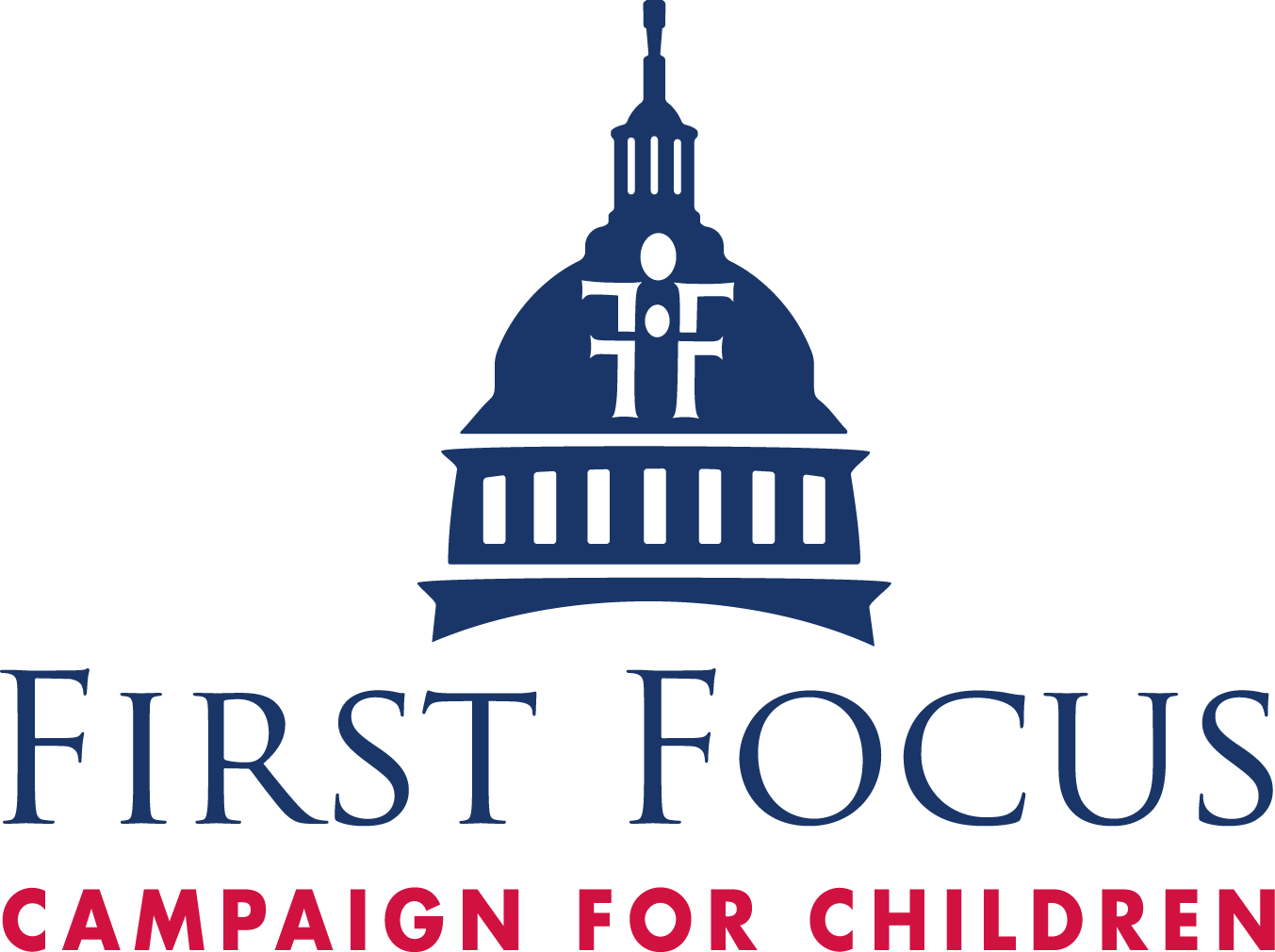
Even before the outbreak of COVID-19, child poverty in the United States remained stubbornly high. The outbreak of the pandemic and resulting economic crisis is serving to expose and further exacerbate this problem by compounding existing economic and racial disparities in our society.
There is growing recognition and some bipartisan support that action is needed — and that the most effective way to address child poverty in the United States is by expanding the Child Tax Credit and converting it into a monthly child allowance.
This is most recently evidenced by journalist Jason DeParle in this week’s NY Times Sunday Review piece, The Coronavirus Generation. He stresses while poverty and the economic fallout of COVID-19 have the potential to cause our children lifelong negative consequences, we have ample evidence that a child allowance can go a long way toward preventing this harm. The article goes on to detail that despite growing support among researchers and decision-makers, we have yet to see action.
DeParle points out that:
“While the coronavirus was initially said to spare the young, that no longer appears to be true medically, and economically it never was — certainly not for the 10 million children below the poverty line and even larger numbers just above it. With hunger rising, classrooms closing, and parental stress surging, the pandemic is a threat to low-income children of epochal proportions, one that could leave an entire generation bearing its scars.”
As scary as this is, we know how to ensure that the economic consequences of the pandemic do not threaten our children’s future. A 2019 non-partisan landmark study from the National Academies of Sciences, Engineering, and Medicine, A Roadmap to Reducing Child Poverty, models 10 policy and program changes for their effect on reducing child poverty within a decade and finds that a $250 monthly payment per child would have the biggest impact by far, reducing child poverty by 40 percent.
DeParle details why this is:
“Money helps children in part because of what it buys — food, housing, better schools, health care, and summer camps. But it is also important in a less obvious way: It reduces stress, which can reach toxic levels in poor households. The academies’ report warns that children chronically exposed to excessive stress can suffer “permanent changes in brain structure and function,” leading to problems from learning disabilities to heart disease and diabetes. Some scientists have found that toxic stress can even alter children’s chromosomes.”
This is a pivotal moment for decision-makers to enact lasting, structural policy change to both mitigate the economic hardships falling on our families and children due to COVID-19 and tackle our persistent and unacceptably high level of child poverty. While assistance provided in the Coronavirus Aid, Relief, and Economic Security (CARES) Act temporarily prevented child poverty from spiking, we know additional help is needed in the immediate future, including an expanded Child Tax Credit that reaches all children, regardless of income and immigration status.
The Coronavirus Generation goes on to detail the growing consensus for converting the Child Tax Credit into a child allowance:
“Though few people have noticed, a majority of Democrats in both chambers of Congress have endorsed a child allowance, and a temporary version recently passed the House as part of the Heroes Act, a giant package of coronavirus relief. Analysts estimated that the allowance would cut child poverty by 42 percent, based on pre-pandemic data — among Black kids by more than half.
Libertarians like policies that let parents spend money as they wish, rather than constricting their choices. Traditionalists like the idea that a child allowance benefits non-working mothers, unlike subsidies for child care. Sixteen conservative intellectuals, including J.D. Vance, Robert George, and Yuval Levin, recently called for a one-year child allowance as part of coronavirus relief.
Mr. Biden hasn’t expressed a view. But if a blue wave prevails in November, it’s possible to imagine a Democratic Congress giving him the chance to start his presidency by lifting four million children out of poverty with a stroke of his pen.”
Despite the growing support for a child allowance we have yet to see any action from decision-makers. First Focus Campaign for Children continues to urge lawmakers on both sides of the aisle to prioritize struggling kids and families in COVID-19 relief efforts, and last month we led a letter from the children’s advocacy community urging Congress to include a child allowance in their next COVID-19 relief package.
We know getting decision-makers to prioritize kids is an uphill battle, and we can’t do it alone. This is why we recently launched the #Commit2Kids campaign, and hope that you will join us in taking action to demand that sitting and aspiring lawmakers, including the presidential candidates, prioritize an agenda for our nation’s children. You can take action at www.ffcommit2kids.org.
For more resources:

